Programming for People
with Special Needs
AMERICAN ASSOCIATION FOR STATE AND LOCAL HISTORY SERIES
SERIES EDITOR
Russell Lewis, Chicago History Museum
EDITORIAL ADVISORY BOARD
Eloise Batic, Indiana Historical Society
Jessica Dorman, The Historic New Orleans Collection
W. Eric Emerson, South Carolina Department of Archives and History
Tim Grove, National Air and Space Museum
Lorraine McConaghy, Museum of History and Industry, Seattle, Washington
Sandra Smith, Heinz History Center
Ellen Spear, Heritage Museums & Gardens
Larry Wagenaar, Historical Society of Michigan
STAFF
Bob Beatty, AASLH
Charles Harmon, Rowman & Littlefield Publishers
ABOUT THE SERIES
The American Association for State and Local History Book Series publishes technical and professional information for those who practice and support history, and addresses issues critical to the field of state and local history. To submit a proposal or manuscript to the series, please request proposal guidelines from AASLH headquarters: AASLH Editorial Board, 1717 Church St., Nashville, TN 37203. Telephone: (615) 320-3203. Website: www.aaslh.org.
ABOUT THE ORGANIZATION
The American Association for State and Local History (AASLH), a national history organization headquartered in Nashville, TN, provides leadership, service, and support for its members, who preserve and interpret state and local history in order to make the past more meaningful in American society. AASLH is a membership association representing history organizations and the professionals who work in them. AASLH members are leaders in preserving, researching, and interpreting traces of the American past to connect the people, thoughts, and events of yesterday with the creative memories and abiding concerns of people, communities, and our nation today. In addition to sponsorship of this book series, the Association publishes History News, a newsletter, technical leaflets and reports, and other materials; confers prizes and awards in recognition of outstanding achievement in the field; and supports a broad education program and other activities designed to help members work more effectively. To join the organization, go to www.aaslh.org or contact Membership Services, AASLH, 1717 Church St., Nashville, TN 37203.
Programming for People
with Special Needs
A Guide for Museums and Historic Sites
Katie Stringer
ROWMAN & LITTLEFIELD
Lanham Boulder New York London
Published by Rowman & Littlefield
A wholly owned subsidiary of The Rowman & Littlefield Publishing Group, Inc.
4501 Forbes Boulevard, Suite 200, Lanham, Maryland 20706
www.rowman.com
16 Carlisle Street, London W1D 3BT, United Kingdom
Copyright 2014 by Rowman & Littlefield
All rights reserved. No part of this book may be reproduced in any form or by any electronic or mechanical means, including information storage and retrieval systems, without written permission from the publisher, except by a reviewer who may quote passages in a review.
British Library Cataloguing in Publication Information Available
Library of Congress Cataloging-in-Publication Data
Stringer, Katie, 1986
Programming for people with special needs : a guide for museums and historic sites / Katie Stringer.
pages cm. (American Association for State and Local History Book Series)
Includes bibliographical references and index.
ISBN 978-1-4422-2760-6 (cloth : alk. paper)ISBN 978-1-4422-2761-3 (pbk. : alk. paper)ISBN 978-1-4422-2765-1 (electronic : alk. paper)
1. Museums and people with disabilities. 2. Learning disabled. 3. Museum buildingsBarrier-free design. 4. Museums and people with disabilitiesUnited States. 5. Learning disabledUnited States. 6. Museum buildingsBarrier-free designUnited States. I. Title.
AM160.S77 2014
069'.17dc23
2014008850
 TM The paper used in this publication meets the minimum requirements of American National Standard for Information Sciences Permanence of Paper for Printed Library Materials, ANSI/NISO Z39.48-1992.
TM The paper used in this publication meets the minimum requirements of American National Standard for Information Sciences Permanence of Paper for Printed Library Materials, ANSI/NISO Z39.48-1992.
Printed in the United States of America
This work is dedicated to my father.
Thank you for inspiring my work, always supporting my dreams, and believing that they could come true.
Acknowledgments
I would like to thank my academic advisers and especially Dr. Carroll Van West for his editing skills through many drafts and for motivating me to finish this manuscript in its original form. Dr. Robert Connolly from the University of Memphis helped me become the museum professional that I am today through program course work and experiential opportunities in the Memphis community, and his mentorship continues to inspire and encourage me.
The wonderful museum professionals in New York City who took time to speak with me jump-started this process, and their advice was invaluable to my research. Additionally, the students and teachers who participated in surveys and field studies were integral to this body of work, and I am grateful for their time and input.
My delightful friends at the Historic Sam Davis Home and Museum in Smyrna, TennesseeMeredith Baughman, Rebecca Key Duke, Madelyne Rush, Shirley Carter, and the rest of the staffwere so supportive and helpful throughout the case study and beyond.
My granddad, Charles Stringer, first instilled in me a love and respect of history, and I thank him for his influence and support. I wish to thank my fantastic parents, Mark and Brenda, for their enduring love and their encouragement of my educational dreams from the first time that I visited a historical museum; I love you both! My sweet Charles deserves the highest accolades for abiding with me and always giving me the perfect pep talk. He continues to love and support me, and he never lets me give up. I love you!
Preface
The purpose of this manual is to assist museums and historic sites in the process of creating inclusive sites of education and well-being for all visitors, especially those with disabilities or special needs. The book distills the successes and failures of other museums in order to offer ideas and support to museum professionals who want to create programs for all audiences. The seven key elements of effective programs that I developed from a case study provide the framework for others to adapt existing programs for visitors with special needs.
Programming for People with Special Needs: A Guide for Museums and Historic Sites is unique because it covers education and inclusion for those with intellectual disabilities and learning disability, which goes beyond the regular fixes of compliance with the Americans with Disabilities Act for those with physical disabilities. The challenges that small museums and historic sites face when trying to create truly inclusive experiences are discussed along with suggestions for making successful programs.
This book is aimed at museum educators and administrators as well as those interested in informal education. It is essential that all museum and historic site professionals, especially educators or administrators, have an understanding of access for visitors. Students of museum studies or public history as well as individuals interested in informal education and scholars interested in disability history or studies may also find information that benefits them.
The manual opens with a discussion of the history of museums as educational centers and includes a brief history of disability in the United States, including advocacy and laws related to accessibility. The book also includes a chapter on etiquette that museum employees should refer to when working with visitors who have disabilities. I investigate sensitivity and awareness training for all museum staff and offer suggestions for training and interactions with visitors.

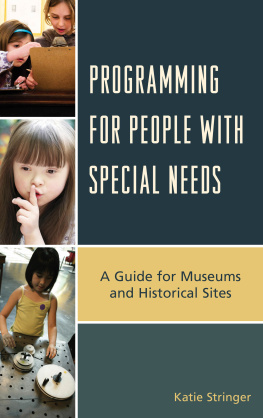


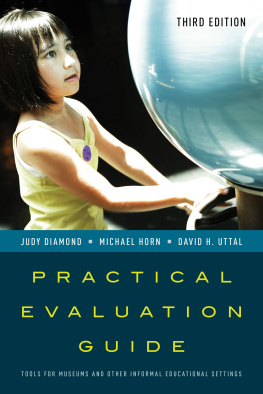
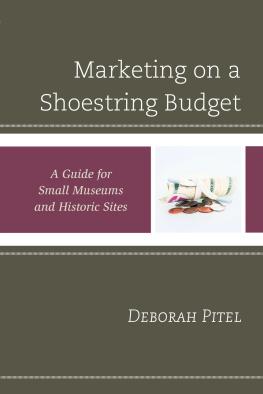

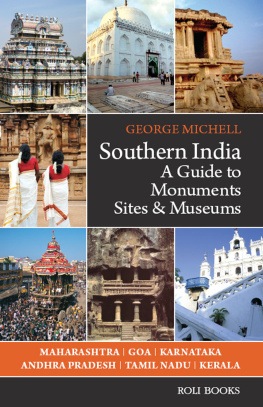
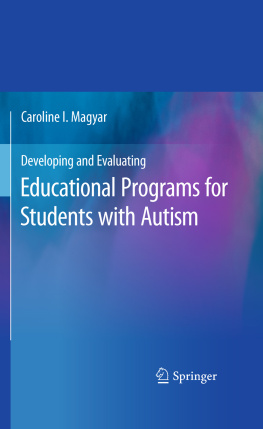
 TM The paper used in this publication meets the minimum requirements of American National Standard for Information Sciences Permanence of Paper for Printed Library Materials, ANSI/NISO Z39.48-1992.
TM The paper used in this publication meets the minimum requirements of American National Standard for Information Sciences Permanence of Paper for Printed Library Materials, ANSI/NISO Z39.48-1992.